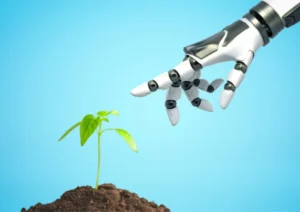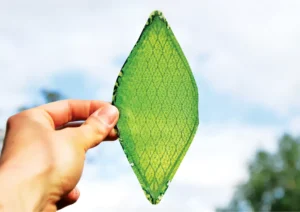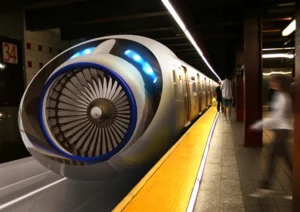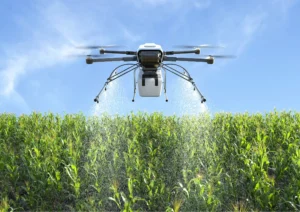Climate change and loss of biodiversity are one of the major concerns of today’s world. We are living through a period of rapid change. At the same time as exciting global developments in emerging technology are redefining how we live, work and play, megatrends such as climate change and resource scarcity, rapid urbanization, and economic inequality mean new approaches to problem-solving are urgently needed. Let us learn how technology influncing climate change and protect biodiversity and restore our environment.
Technologies including artificial intelligence, machine learning, internet of things (IoT), electric vehicles, Hyperloop and many super cool gadgets can help to reverse the climatic change .
AI for the environment:

In different parts of the world researchers and several NGOs are facing challenges to develop a solution for climate changes and protection of biodiversity. With the help of artificial intelligence and deep learning now it is possible to collect, process, and analyze data with a rapid increase. That helps to track the information of species. Each and every species are very crucial for our environment to make the balance in the ecosystem, extinction of one species affects other species as well. With the help of AI and Deep Learning, we can predict environmental threats and learn to utilize fewer resources to generate more food. Programs like AI for Earth supports organizations for applying AI to environmental challenges. By helping them harness the full power of cloud computing.
Artificial leaf:

Since the early 1970s, scientists have been on a quest to develop a technology that could create liquid fuels out of carbon dioxide, water, and sunlight far more efficiently than photosynthesis. Over the years, this pursuit has driven numerous breakthroughs and innovations in renewable energy research. Additionally, it has sparked collaborations across disciplines and institutions worldwide. It is the process by which plants harness sunlight to produce carbohydrates and store energy. They call it the artificial leaf. A commercially viable artificial leaf would solve several of the trickiest challenges in clean energy.
Because of the increase in CO2 level and other harmful gases our earth’s temperature is increasing. This is called the greenhouse effect their levels are higher now than at any time in the last 800,000 years. Glaciers are melting, sea levels are rising, forests are dying, and wildlife is scrambling to keep pace. It has become clear that humans have caused most of the past century’s warming by releasing heat-trapping gases as we power our modern lives. There is an urgent need of planting more and more trees which helps in reducing CO2. Scientist came up with this artificial leaf idea which converts the CO2 from the atmosphere into energy. It can help to reduce the amount of CO2 rapidly.
Hyperloops:

Hyperloops is the fastest way to cross the surface of the earth, hyperloop represents the greatest leap in transport infrastructure for a generation. With passengers sitting inside it can travel at airways speed through pressurized tubes using electric propulsion and magnetic alleviation. It drastically decreases the traveling time between cities from several hours to a matter of minutes. Technology influncing climate change which can help in saving our precious resources and lead a life towards sustainable development.
Drones for Planting:

Ten drones, operated by two operators, can plant 400,000 trees a day. The drones work by flying across a specified area. They collects data about soil conditions, and determining the prime locations for planting. They then fire biodegradable pods, filled with a germinated seed and nutrients, into the ground. Consequently, this innovative method facilitates efficient planting and promotes sustainable agricultural practices. Drones can help in restoring the forests. Technology influncing climate change.
Technology can help in saving our nature. It is also helping us to work smarter, providing us with better ways to analyze data, improve workflow, streamline supply chains, and identify problems faster. Moreover, it enhances production processes and more. Additionally, less waste in the system means more sustainable practices all around.




